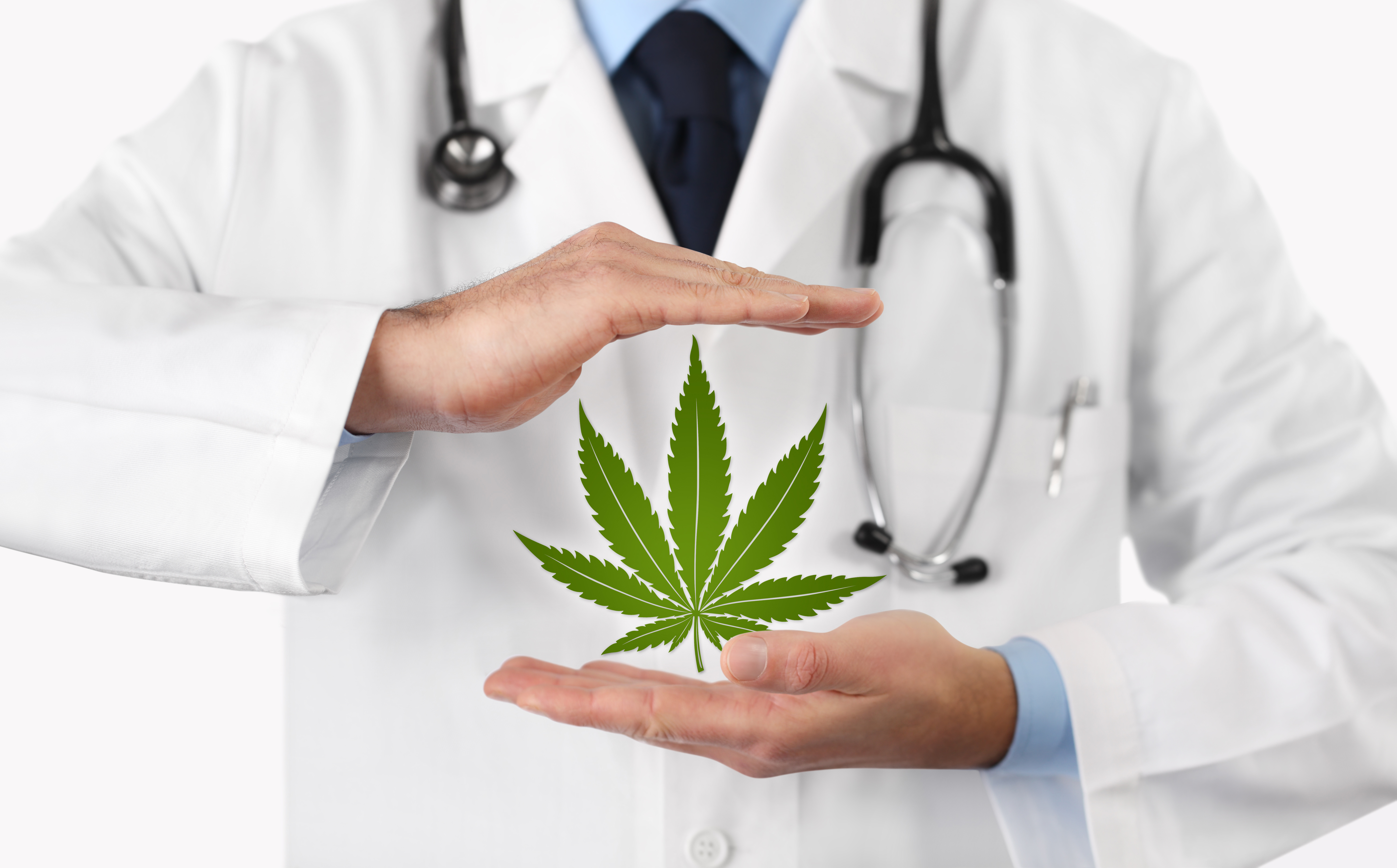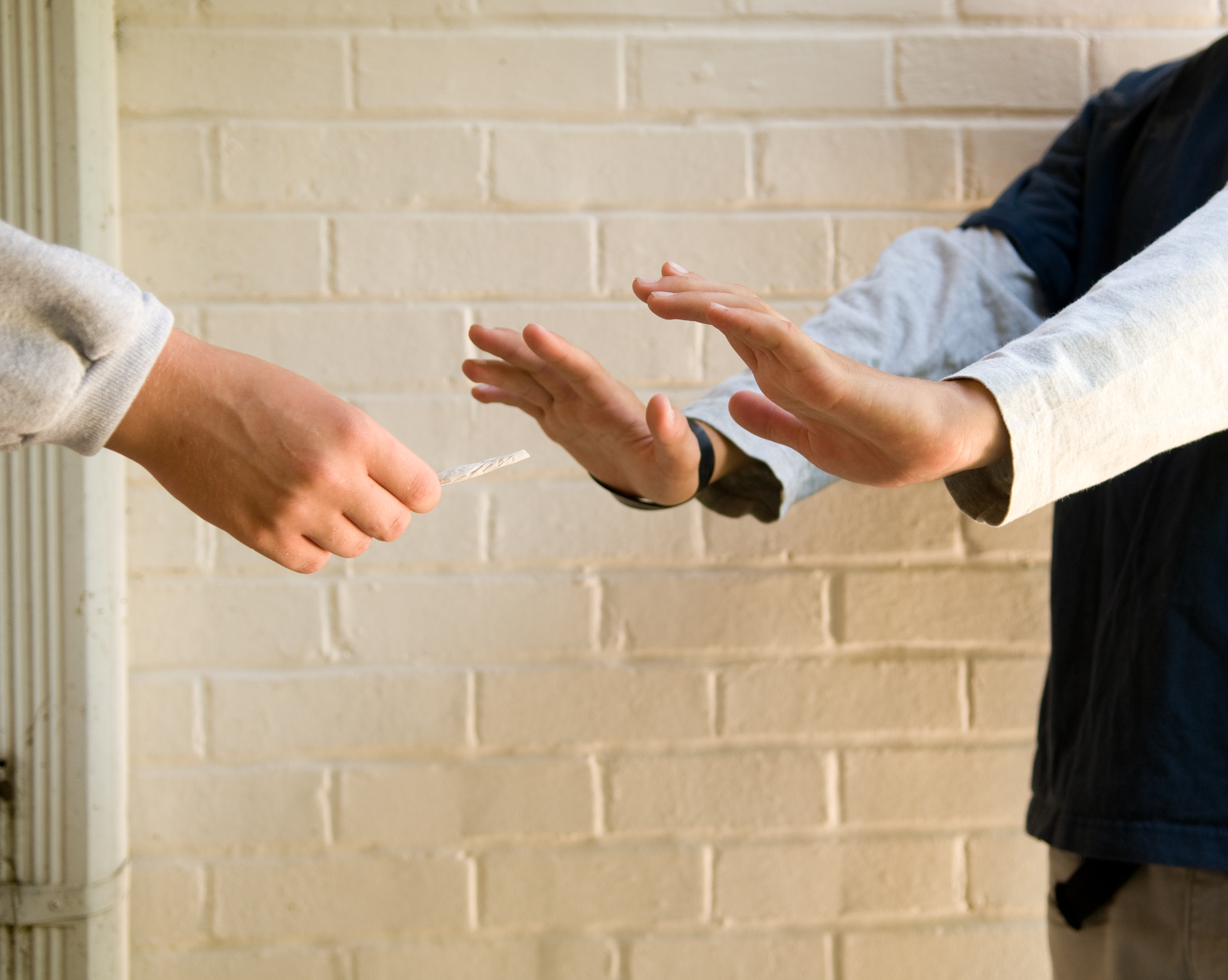Pot pioneers
As we embark on this brave new world, we do have some contemporary (and close!) research to enlighten us a little on what to expect. Colorado, the pioneer in legalized cannabis for medical use in North America way back in 2000, and later for recreational use in 2012 (as of July 1, 2017, it is also legal to redistribute cannabis)*,1 has become a model to showcase the impacts of legalization over time and an excellent learning opportunity for other states and countries that are considering the same route. Physicians have observed, for instance, an increase of both marijuana intoxication in emergency rooms and more injuries that resulted in visits to burn units, often due to improper extraction processes2 — a solemn reminder that you definitely shouldn’t try it at home! The number of reports regarding child intoxication, sadly, also increased, mostly due to edible ingestion, which speaks to the importance of neutral packaging and parental vigilance with their own in-home stash. Although the black market is still reportedly thriving in Colorado, the state appears to have achieved the goal of making the product less accessible to minors, with the number of teenagers using cannabis not increasing in jurisdictions where it’s been legalized.3 Some research has noted lower crime rates in areas where medicinal marijuana is available and lower rates of homicide and violent crime have reached statistical significance.4
What exactly is cannabis?
Cannabis is a flowering plant with a number of cannabinoids, flavonoids, and terpenes, comprised of diverse scents and tastes, each producing a range of physical and psychological effects depending on the composition of the particular breed. It is most commonly consumed by smoking the dried buds of the female Cannabis sativa plants, however active ingredients can be extracted and taken orally5 or applied topically.6 CBD (cannabidiol) and THC (tetrahydrocannabinol) are the main compounds in cannabis that act on the brain’s “endocannabinoid system”, a complex of molecules, receptors, and enzymes that directly interact with human physiology, and they have very different effects from one another on the body.
The ABCs of THC and CBD
Whenever talk of medicinal marijuana comes up, the by-products CBD and THC swirl around it. They sound formal, clinical even. Those in search of a euphoric and relaxing “high” tend to opt for prepared products with a ratio that is higher in THC and lower in CBD. Those looking for sedating effects, pain reduction and elimination, will typically opt for preparations with CBD taking the starring role. While both THC and CBD are derived from cannabis, the plant species is typically different, with THC deriving from Cannabis sativa (marijuana) and CBD from Cannabis indica (hemp).
Both compounds impact the prefrontal cortex,7 the part of the brain responsible for attention, decision making, and executive functions;8 and they affect emotional and short term memory processes. THC’s activity on the reward system increases the likelihood of repeated use while CBD does not have the same consequence.
Prior to legalization, consumers were left to navigate through murky back alley deals with sellers who may know nothing about the content of their weed. Legalization and stricter standards of lab testing are becoming more able to guarantee (and deliver upon) exactly how much THC and CBD is in a cannabis product.
THC features
- Psychoactive effects (makes the user “high”)
- Addictive component of cannabis
- Stimulates the central nervous system, lungs, liver, kidneys, and bone marrow system
- Impacts behaviour, thermal and mood regulation, sexual activity
- Anti-tumor properties
- Protective against nausea and vomiting
CBD features
- No psychoactive effects or addictive properties
- Therapeutic benefits including anti-seizure, nausea, anxiety, and tumours
- Pain relieving anti-inflammatory effects
- Most commonly used in medical marijuana preparations
The health highs

The use of cannabis in healthcare is nothing new. Evidence and patient reports have shown a wide range of therapeutic benefits9,10 for conditions such as depression and anxiety, as well as pain relief. CBD use during cancer treatment has been shown to prevent anorexia, pain, and chemotherapy-induced nausea and vomiting.10 A short-term low dose of medical cannabis usage has similar efficacy to pharmacological therapies for some types of pain,11 with potentially fewer side effects. Cannabis is being explored as a means of reducing medical and addictive opioid use, illustrating its potentially important role in the opioid crisis.12
Cannabis has even shown safety and benefit for medical use in children.13 Though the mechanism of the action is poorly understood, CBD appears to be an effective treatment for seizure disorders in children. Another study has reported improvements in behaviour and alertness, language, communication, motor skills, and sleep in children with epilepsy.14 In the United States, the FDA has approved an oral CBD solution for treatment of seizures associated with epilepsy in patients two years and older. In observational studies, the self-reports of pediatric patients using CBD for inflammatory bowel disease have shown benefits in appetite, pain, and general coping.15
The downers of cannabis
The use of cannabis products are not without the potential for harm, and all therapeutic uses should be overseen by a healthcare provider authorized to prescribe medical cannabis, particularly for children.
Mary Jane and mental health
Marijuana is not generally recommended for therapeutic or recreational use by individuals with mental health conditions.16 Some research has linked cannabis use in vulnerable adolescents to a higher risk of developing schizophrenia or psychosis.17,18 But other recent evidence suggests that adolescent cannabis use may actually improve cognitive outcomes in patients with psychosis.19 Further research is needed to understand the relationship between these factors.
Don’t play doctor
Regardless of the condition being treated, pediatric patients should be rigorously supervised and monitored by a medical professional to ensure safety and efficacy of the treatment. Smoking cannabis as treatment for children is never appropriate as heavy cannabis smoking has been linked to impaired lung function.21 Other carefully regulated methods of delivery — such as oils or edibles — should be considered.
In higher doses, cannabis can cause unpleasant side effects such as palpitations, paranoia, and even hallucinations, though overdoses are rare.22 Though there have been concerns about cannabis-related intoxication during medical use in children, some studies have shown less intoxication with a purified CBD extract.23
Cannabis and kids
The emerging information about the analgesic powers of CBD products makes the idea of applying a lovely-smelling balm instead of taking a pharmaceutical with known side effects appealing. However, the data on the risks and benefits of topical CBD oil, especially where kids are concerned, is limited: your child should never be an experimental model. Although most CBD products are derived from hemp, they are still considered a controlled substance for youth, even in jurisdictions with legalized recreational use, so applying a CBD product to a child would be seen as committing a crime. If your child suffers from intractable pain, seizure activity, or other conditions for which a high CBD/low THC product might be beneficial, the only recommended strategy is to seek guidance (and legal authorization) from a medical professional.
Legal cannabis products are sold in childproof packaging, not dissimilar to most medications. Current legislation prohibits the marketing of cannabis in a way that would be appealing for kids, such as in the form of candy or baked goods. However, if using cannabis in products made at home, it is critical that they are kept safely away from kids so that no confusion is possible.
As cannabis legalization continues to gain traction, recreational use by children under 19 will most likely remain illegal and should be heavily discouraged due to the notable impact of THC on the developing brain. Start an open dialogue with kids well before the teen years about healthy decision-making and how to handle peer pressure. Maintaining an open and nonjudgmental line of communication will help them to make more empowered choices, and feel like they have less to hide.24 When parents are direct about the risks, the likelihood their kids will use seems to go down25 and modeling abstinence or responsible use may also influence youths’ choices.26

The field of medical and legal recreational cannabis use in Canada is a relatively new frontier. It is important that families are aware of the benefits and risks, both legal and health-related, as this new terrain is navigated. Talk to your healthcare provider and talk to your kids!
For references, visit Spring 2019 Extras.









